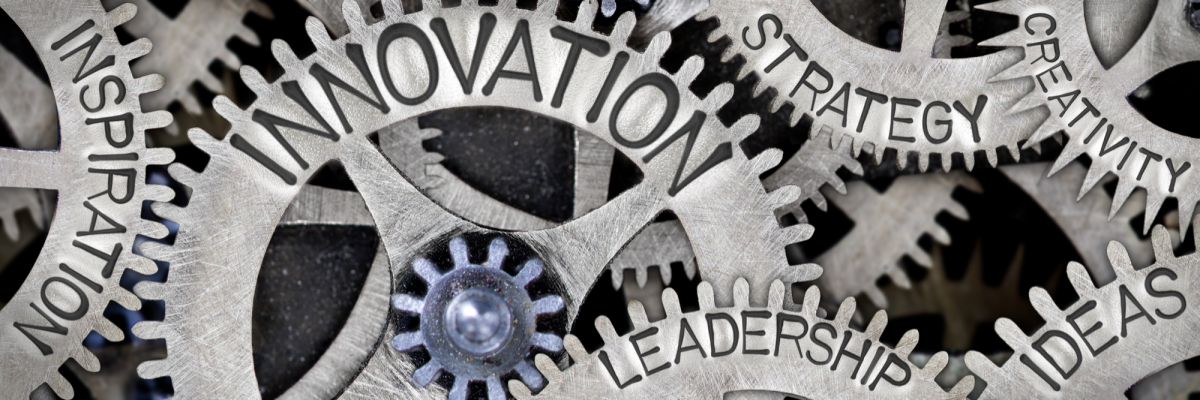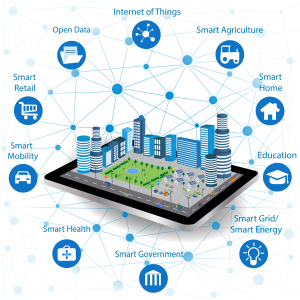
The emergence of software as a driving force of innovation has profound consequences for industry. In the same way that 3D printing offers entirely new possibilities for designing and manufacturing physical components, so software-driven innovation offers companies completely new opportunities to better understand and more rapidly address the changing needs of customers. New products, services and business models better attuned to market demand and delivered more efficiently are the result. The ability to use software to drive innovation is therefore a key component in the digitalization strategy of any business.
Speed of Innovation
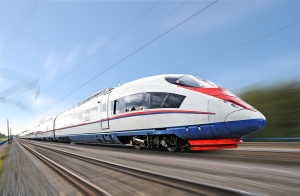
With speed comes the ability to experiment and learn what the market wants. New product features can be A/B tested and revised or optimized based on facts collected from end users. For example, Spotify releases frequent updates to its product and focuses on functionality as a metric, measuring how different versions of a feature impact use and feeding that knowledge back into development. In short, the speed with which software can be updated creates the potential for a hitherto unforeseen level of customer intimacy and interaction.
A focus on speed also delivers development efficiency improvements. The quest to tighten the loop between customers and engineers naturally leads organisations to constantly seek more efficient and effective ways of working. In contrast, a focus on efficiency alone tends to lead to a more rigid organisation, less able to react quickly to changes in customer demand.
Knowledge is Power

The emergence of (Industrial) Internet of Things and Cloud Computing platforms provides a generally available means for the collection and processing of data from potentially widely distributed products, devices or sensors, thereby opening up the realm of big data collection and analytics to every organisation.
However, big data of itself is not particularly useful. Rather it is the information that can be extracted from it that ultimately has value. Extracting information from large volumes of data requires the use of cutting-edge software technologies, such as data mining and data analytics. Innovation comes from combining these software technologies together with a business’s own unique knowledge of its markets to create new or deeper insights into value creation opportunities.
Getting Smart
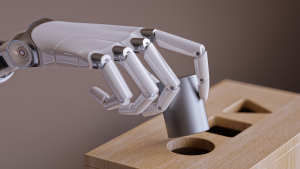
New Business Models
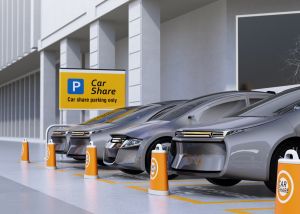
In some cases servitization has already risen to dominate various markets: the largest taxi company in the world, Uber, owns no taxis; the largest property rental company in the world, Airbnb, owns no property. Servitization is a perfect example of a business model innovation driven by software that will sooner or later affect every kind of business and touch every end user.
Ultimately, the collection of data, its transformation into information and the application smart technologies allows businesses to understand their customers in unprecedented ways and provide them with new or better products and services ever more closely attuned to their needs.
Strategy
Digitisation and the emergence of smart systems is an ongoing force majeure that disrupts every market that it touches. It is only a matter of time before it reaches you. Succeeding at digitisation requires adopting a strategy that focuses on mastering software-driven innovation and on developing new or enhanced business models. Winners will use speed and data to increase customer intimacy, interaction and satisfaction. Losers will join Kodak and Nokia in the annals of history.
